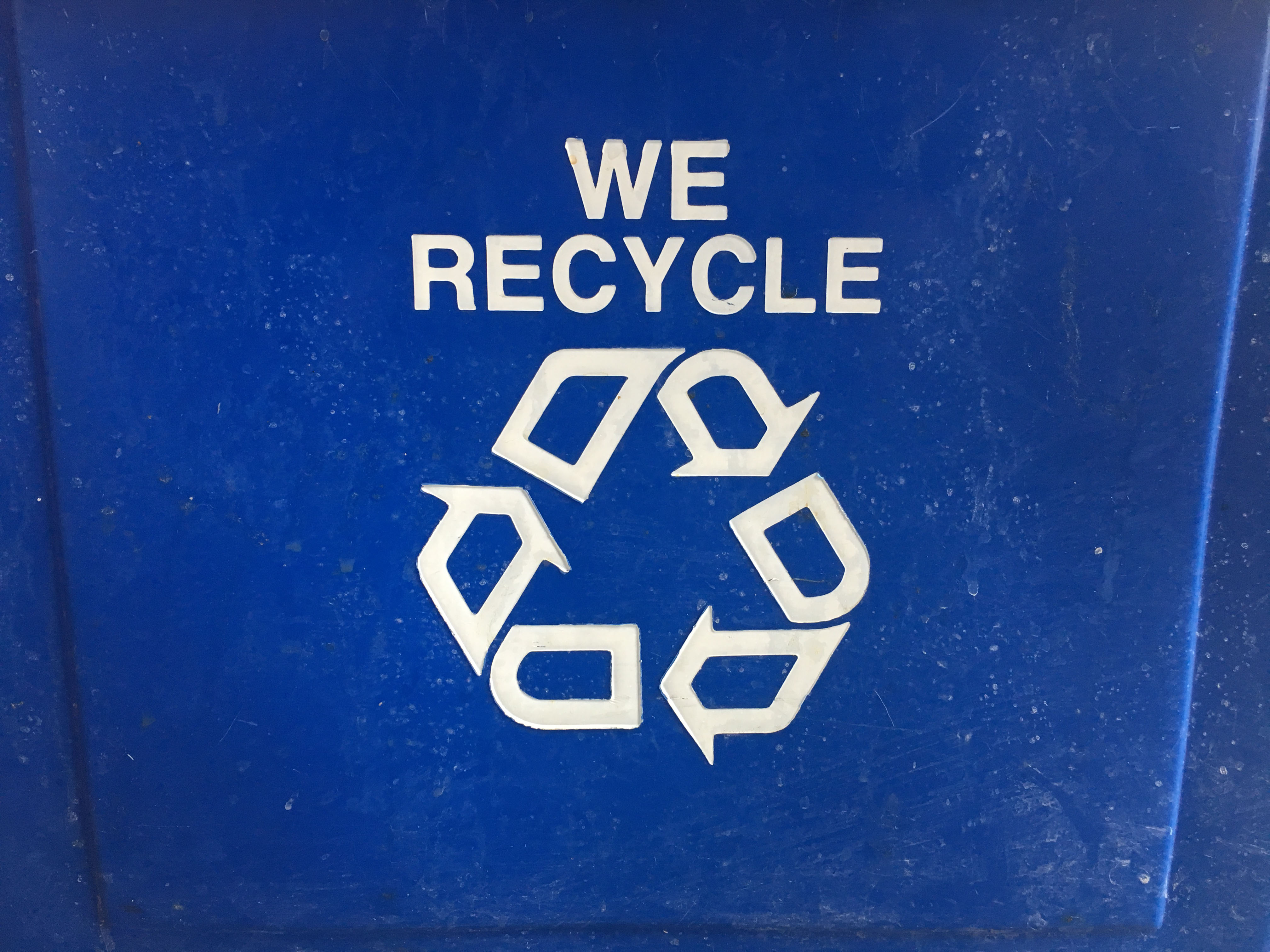We need to stop cutting down trees
There is a specific satisfaction you get from holding a good, solid book in your hands, or flipping through your freshly-printed 10 page essay. A feeling that is not satisfied by holding a Kindle, e-reader, or scrolling through a word doc.
We all know that paper is made from trees, and trees are becoming more scarce. This sad reality can be traced back to the paper product industry, since it accounts for 42 per cent of deforestation worldwide. Paper products such as packaging, cardboard, newspapers, magazines, contracts, and more are responsible for one third of Canada’s waste, and only a quarter of this number ends up being recycled.
It would be dumb to try and deny the importance of forests in the world, especially large old-growth forests that have immense ecosystems of their own. These provide us with oxygen, medicinal plants, and are often home to Indigenous communities, some of which have never had contact with the “modern” world.
Going paperless could be considered in a very “plugged in” setting, but not everyone has access to computers, or even a stable internet connection. Ideally, we could recycle all of our paper, and create a cycle of continuous use without the need for virgin material. But sadly, humans often make the mistake of putting paper in the wrong bin or recycling paper contaminated with food — rendering the paper no longer recyclable and contaminating the rest of the bin it was thrown into — which puts a damper on our plans.
There is a process in which paper is cut up into tiny little pieces, which you can picture like blended paper confetti. Then, it is thrown in water with a solvent, and a mesh frame filters the paper chunks into a unified sheet. The paper is then laid out, dried with sponges, and left out in the open until fully solid.
I don’t know if you’ve noticed, but the most satisfying paper feel is that of a rugged, thick sheet that has rough edges. The recycled paper confetti comes together to form a beautiful speckled cream colour. It’s a calming and beautiful process that could help the paper industry navigate toward reusing instead of chopping.
There are however downsides to recycled paper; it takes an abundant amount of energy to make. But let’s see what the outcome is when we weigh the pros from the cons, according to this BBC Science article:
Cons:
- Making recycled paper uses fossil fuels for energy instead of burning wood products like regular paper mills do.
- The cost of recycling and transporting paper waste materials is an issue, including the energy cost of transporting scraps
Pros:
- Generally speaking, recycling paper is better than making it from scratch since it uses less raw materials, and is able to reuse the resources already used to make the initial product
- Making recycled paper creates 35 per cent less water pollution than starting from scratch
- Making recycled paper our only paper would theoretically decrease paper production air pollution by 74 per cent
- The cost of machinery to start a recycled paper business ranges from thirty to sixty thousand dollars, which stays relatively affordable in comparison to any other general production startup costs.
I don’t know about you, but I’m reading more pros than cons.
Basically, there’s a huge untapped market that we could dig into, to reduce the amount of trees cut down for paper products, as well as reuse secondary raw materials in a way that would reduce the overall size of landfills. Obviously it’s not that black-and-white, but maybe this is a small way to make a real difference?
Photo by Lou Neveux-Pardijon




